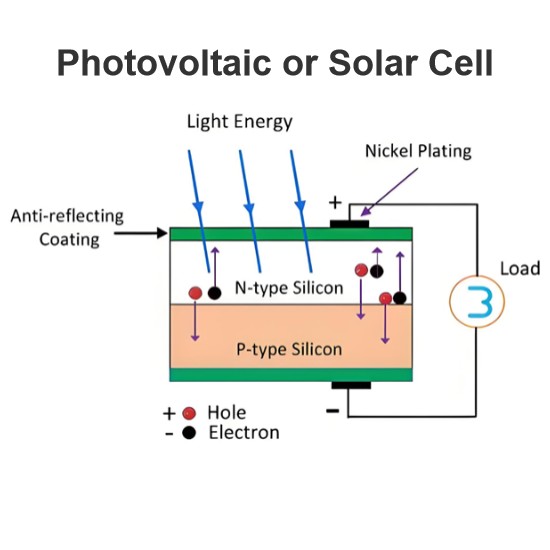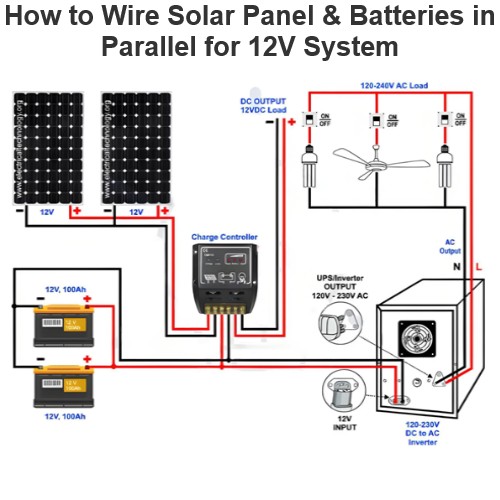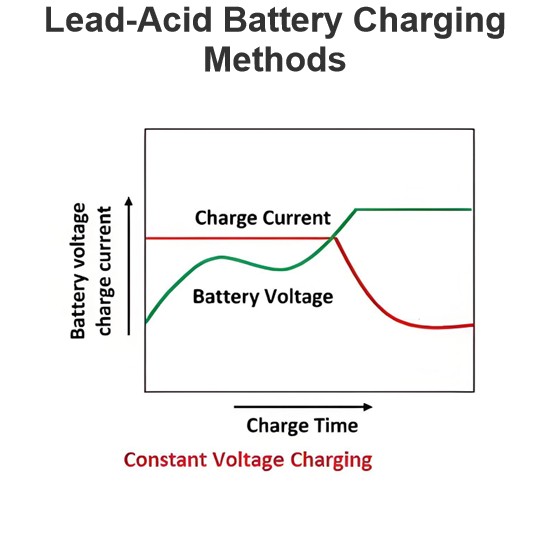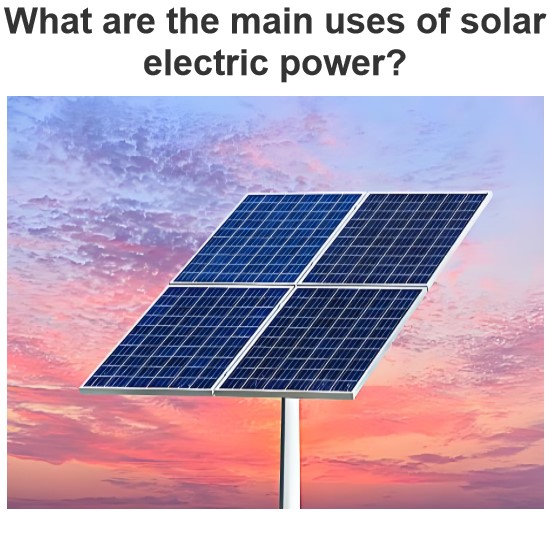Daniell Cell Construction and Working of Daniell Battery Cell
Daniell Cell is the modified version of Voltaic Cell. Polarization drawback of Voltaic Cell is overcome in a Daniell Cell and it can be considered as an improved version of Voltaic Cell. Constructionwise Daniell Cell is quite simple.
Construction of Daniell Cell
It consists of a copper container filled with a concentrated solution of copper sulfate. Inside the container, there is one porous cylindrical pot filled with diluted sulphuric acid, immersed in the concentrated copper sulfate solution. One amalgam zinc rod is immersed in the diluted sulphuric acid in a porous pot. As per property of dilutes electrolyte the sulphuric acid in its diluted form exists with positive hydrogen ions and negative sulfate icons. The sulfate ions come in contact of zinc rod release electrons to the rod and produce zinc sulfate through the oxidation reaction. As a result, the zinc rod becomes negatively charged and behaves as a cathode.
The positive hydrogen ions can cross the porous wall of pot and come in the copper sulfate solution where they join with sulfate ions of copper sulfate electrolyte and form sulphuric acid. The positive copper ions of copper sulfate electrolyte come in contact with the inner wall of the copper container where they take electrons through reduction and become copper atoms and get deposited on the wall.
Working of Daniell Cell
Let us explain the working principle of the cell step by step for better understanding.
In diluted sulfuric acid solution there are H+ and SO4– – ions.
The H+ ions come out to the copper sulfate solution through the wall of the porous pot. The sulfate ions of diluted sulfuric acid react with zinc rod where Zn++ ions get attached with SO4— ions and form zinc sulfate (ZnSO4). During this oxidation reaction, each zinc atom leaves two electrons in the zinc rod. Hence, the zinc rod becomes negatively charged that means it behaves as the cathode of the battery.
The hydrogen ions (H+) in the copper sulfate solution form sulfuric acid (H2SO4) and copper ions (Cu++) come to the wall of outer copper container.
The copper ions get deposited on the wall of the copper container as copper metal by taking electrons from the container. As a result, the copper container becomes positively charged means this container is the anode of the Daniell Cell. Now if we connect an external load between central zinc rod and peripheral copper container wall electrons start flowing from zinc rod to copper container.
In Daniell Cell, we can avoid the drawback of Polarization which is the main drawback of Voltaic Cell. As the hydrogen gas does not get deposited on the anode because it forms sulfuric acid before it reaches to the anode (copper container wall), there will be no layer of hydrogen formed on the anode to obstruct the reduction reaction.
Statement: Respect the original, good articles worth sharing, if there is infringement please contact delete.
Electrical4U is dedicated to the teaching and sharing of all things related to electrical and electronics engineering.













